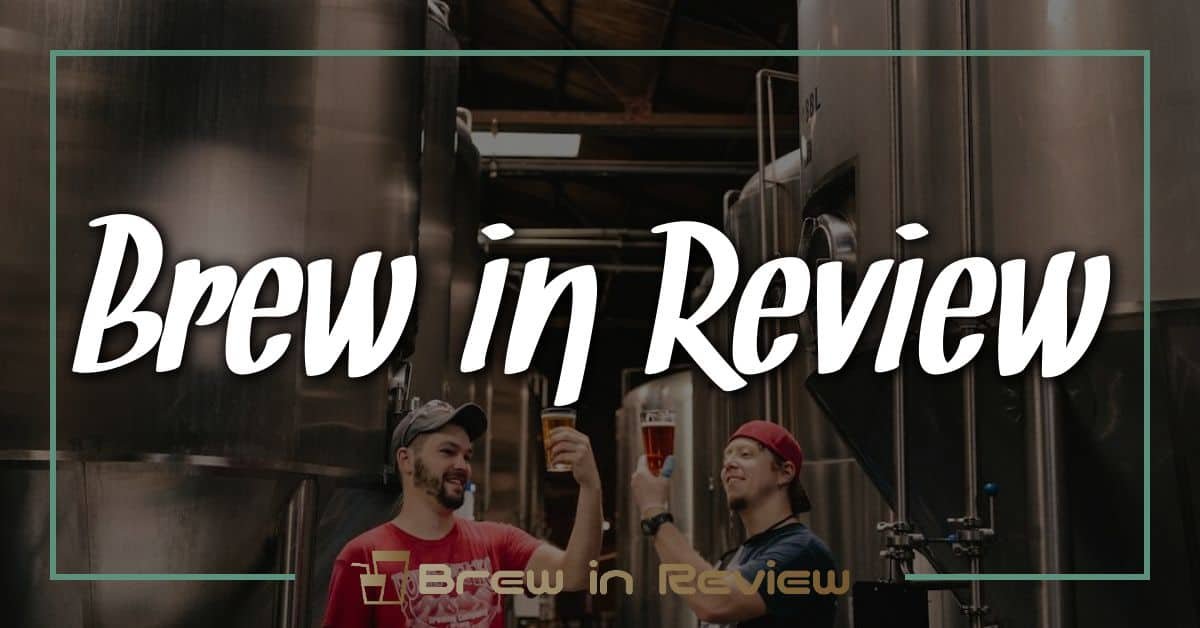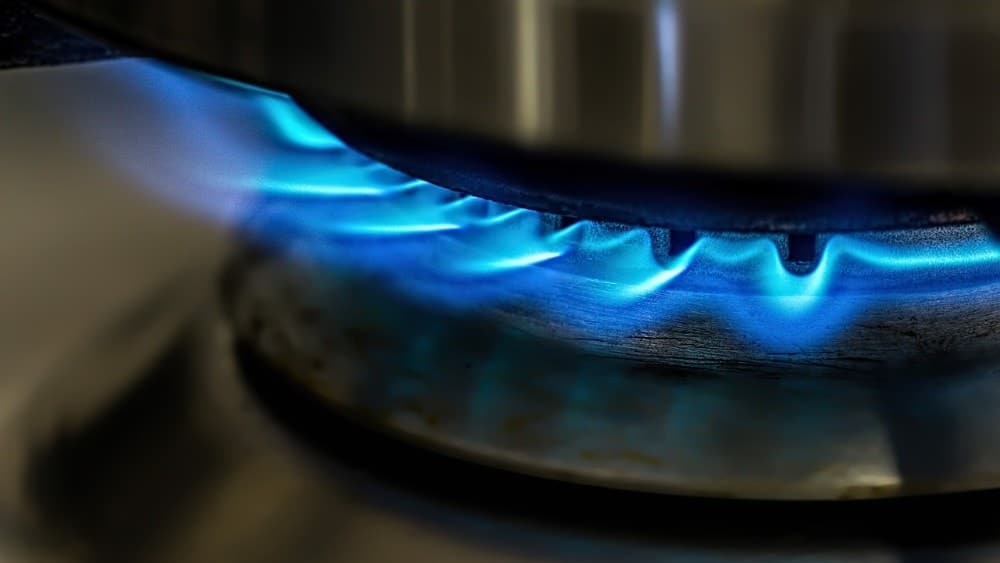When you think of beer, the first thing that probably comes to mind is its refreshing taste and social vibe. But what if I told you there’s a whole history behind non-alcoholic beer that’s just as rich and fascinating? It’s not just a modern trend; it’s been around for centuries, evolving alongside our drinking culture.
From ancient civilizations to today’s craft breweries, non-alcoholic beer has carved out its own unique niche. I’m excited to take you on a journey through time, exploring how this beverage transformed from a lesser-known alternative to a popular choice for many. Let’s dive into the story of non-alcoholic beer and discover what makes it special.
Overview of Non-Alcoholic Beer History
Non-alcoholic beer’s history stretches back centuries, reflecting drinkers’ evolving preferences. Early forms of non-alcoholic beer emerged in ancient civilizations, where it’s documented that Egyptians and Sumerians brewed beverages with low alcohol content. These brews proved essential for hydration and nutrition, especially in regions with limited access to clean water.
By the 19th century, brewing techniques advanced significantly. During Prohibition in the United States (1920-1933), brewers sought ways to keep their businesses afloat. This period sparked increased interest in non-alcoholic alternatives. Many traditional breweries began crafting non-alcoholic versions of their popular beers, keeping their brands relevant while catering to a growing market segment.

In the late 20th century, non-alcoholic beer gained renewed popularity. The introduction of advanced brewing methods, such as vacuum distillation and reverse osmosis, allowed brewers to create more flavorful non-alcoholic options. I remember tasting some of these innovative brews, appreciating how they offered a similar experience to traditional beer without the alcohol.
Today, non-alcoholic beer has become a staple in many households and bars. Craft breweries are increasingly entering the market, creating unique flavors and styles that appeal to diverse palates. As a passionate brewer, I love experimenting with different ingredients to create my own non-alcoholic brews at home. The evolution of this beverage reflects changing attitudes toward alcohol consumption, making non-alcoholic beer a significant player in the modern brewing landscape.
Early Beginnings
The history of non-alcoholic beer dates back to ancient times, illustrating its importance in various cultures. I’ll delve into its origins and highlight some influential aspects from the past.
Ancient Civilizations and Brewing
Ancient civilizations like Egypt and Sumer brewed early forms of non-alcoholic beer. These cultures relied on low-alcohol beverages for hydration, nutrition, and social gatherings. They fermented grains such as barley, producing a product with less alcohol content compared to modern beers. For example, Sumerians consumed a drink called “kas,” made from barley and water, that provided essential nutrients. Similarly, Egyptians brewed a thick, unfiltered beer called “heqet,” enjoyed during various occasions. These early brews laid the groundwork for future brewing practices, showcasing how integral non-alcoholic options were to daily life.
The Role of Religion in Alcohol Consumption
Religion significantly influenced the consumption of alcoholic and non-alcoholic beverages. Many ancient societies implemented strict rituals surrounding drinking, often reserving alcoholic beverages for sacred events. In those times, non-alcoholic beer served as a practical alternative for everyday consumption. For instance, in ancient Egypt, it was common for priests to enjoy non-alcoholic beer while maintaining purity for rituals. Similarly, various religious practices in different cultures recognized the value of non-alcoholic brews, promoting them as offerings or for communal events. This interconnection between religion and brewing laid the foundation for varying social contexts around alcohol consumption, helping to keep non-alcoholic beer relevant throughout history.
The Prohibition Era
The Prohibition Era marked a pivotal shift in the brewing landscape, steering brewers toward non-alcoholic options. With the 18th Amendment in place from 1920 to 1933, the production and sale of alcoholic beverages faced severe restrictions.
Impact on Beer Production
Brewers had to adapt quickly to survive. Many transitioned to producing non-alcoholic versions of their beers, which allowed them to maintain their businesses. Some utilized techniques like vacuum distillation to remove alcohol while retaining flavors. Others combined malt and carbonated water to create faux beers, which resembled traditional brews without the alcohol content. Some notable examples emerged during this time, such as Bevo and Pablo, which became popular non-alcoholic beverages.
Rise of Non-Alcoholic Alternatives
The demand for non-alcoholic alternatives surged during Prohibition as consumers sought familiar tastes without the risk of breaking the law. Non-alcoholic beer became a staple for social gatherings, offering a way for people to enjoy a drink without facing legal consequences. Despite Prohibition’s end in 1933, many companies continued to produce non-alcoholic beer, sparking a trend that would evolve over the decades. The focus later shifted toward flavors and craft, allowing modern brewers like me to experiment with unique recipes, fostering a renewed interest in and appreciation for non-alcoholic beer.
Modern Developments
Modern developments in non-alcoholic beer shape its current landscape, reflecting advancements in techniques and a newfound popularity among consumers. Breweries are innovating, prioritizing flavor and quality, making non-alcoholic options a staple in any craft beer lineup.
Innovations in Brewing Techniques
Innovations in brewing techniques have transformed non-alcoholic beer production. I appreciate the creativity that companies employ, particularly the use of advanced methods like reverse osmosis and vacuum distillation. Reverse osmosis filters water and alcohol while retaining flavors, allowing brewers to craft aromatic brews without the buzz. Vacuum distillation uses low-pressure environments to extract alcohol, preserving vital characteristics of the beer. Many brewers now embrace these techniques, enabling them to experiment with various styles, from IPAs to stouts, while maintaining enticing flavors. These advances position non-alcoholic beers as not just alternatives but unique offerings in their own right.
Popularity Surge in Recent Years
The popularity surge in recent years has significantly influenced the non-alcoholic beer market. I observe a growing demographic, including health-conscious individuals and those looking to moderate their alcohol consumption, steering towards these beverages. Sales statistics indicate a dramatic rise, with non-alcoholic beer sales increasing over 30% in the past five years. Breweries are responding with diverse options, introducing everything from hoppy IPAs to rich porters. Craft breweries are now releasing innovative seasonal offerings and collaborations, further captivating consumers. This surge enhances the overall perception of non-alcoholic beer, turning it into a respected category that deserves a spot beside its alcoholic counterparts at any gathering.
Cultural Significance
Non-alcoholic beer holds a valuable place across various cultures, reflecting unique drinking traditions and evolving consumer needs. Its long-standing history reveals ties to community and social events, transcending mere enjoyment to embody values of inclusivity and choice.
Non-Alcoholic Beer in Different Countries
Non-alcoholic beer varies significantly by country, each offering unique twists on this traditional beverage. Germany, a pioneer in brewing, promotes “alkoholfrei” beers that maintain the rich flavor of their alcoholic counterparts. Brands like Paulaner and Clausthaler showcase their craftsmanship through these exciting options. In Japan, breweries craft “na beer,” focusing on refreshing and light profiles, with offerings like Asahi Dry Zero achieving impressive popularity. Meanwhile, the U.S. sees a surge in craft breweries producing diverse non-alcoholic options, ranging from IPAs to stouts. This global tapestry highlights how various cultures celebrate non-alcoholic beer, making it an integral part of social interactions worldwide.
Health Trends Influencing Consumption
Growing health consciousness drives the rising popularity of non-alcoholic beer. Consumers increasingly seek lower-calorie and moderation-friendly alternatives. Reports indicate that over 30% sales growth in this segment showcases a shift toward healthier lifestyles. This trend embodies a broader movement emphasizing mindfulness in what we consume, balancing enjoyment with well-being. As I explore flavors and techniques in my home brewing, I recognize this shift encourages creativity by appealing to health-minded individuals. Non-alcoholic beer’s resurgence reflects a desire for flavorful experiences without the adverse effects of alcohol, making it a cornerstone of modern culture.
Conclusion
It’s fascinating to see how non-alcoholic beer has evolved over the centuries. What started as a necessity in ancient cultures has transformed into a vibrant category of beverages that many of us enjoy today.
I love how it fits into our modern lives, offering a flavorful option for those who want to socialize without the effects of alcohol. With the craft brewing scene embracing creativity and innovation, there’s never been a better time to explore the diverse world of non-alcoholic beers.
Whether you’re looking for something refreshing or rich, there’s a non-alcoholic brew out there just waiting for you to discover it. Cheers to that!




